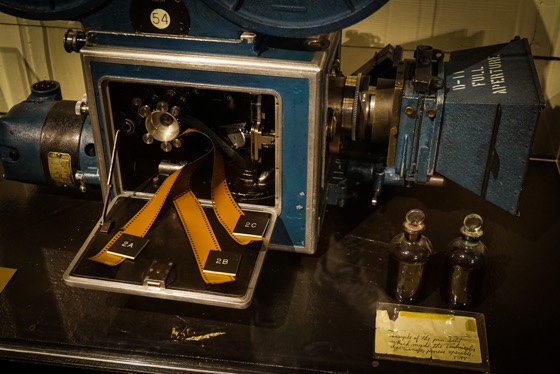It was great to be able to attend this year’s SD WhoCon in San Diego and present this lecture on “The Difficulties and Delicacies of Writing the First Female Doctor in 50+ years” in which I discuss how successful I think showrunner Christopher Chibnall was in making that transition.
It gave me a chance to talk about the creative work of a showrunner/screenwriter while also reconnecting to some friends we had met at this same convention some 3 years ago – and to talk about one of my favorite subjects – Doctor Who!
Transcript:
So costume is a huge and this is what a showrunner does. You sit with every single department and you decide and you get the final say. So of course you get the final hit if people don’t like what you decided but that’s your job to make decisions right and to be able to go this is why I did that and maybe I’ll change my mind if it isn’t as appealing as it could be. So costume is important but for me the most important thing that a writer brings, of course, is dialogue and he had to really think about how can this person talk like The Doctor but reference and accept the fact that you don’t look like all the previous Doctors and other people aren’t going to treat you immediately the same way they would treat a male walking into many of these situations and so that was to me a very delicate dance and I like this particular – you know very beginning right she’s like I lost my sonic screwdriver. I could build one. I’m good at building things probably and we’re all giggling right because The Doctor has to be funny but then there was this but but he she has to be competent. So you don’t want the woman to not be competent but any Doctor would have said that.
Watch this entire presentation
Podcast: Play in new window | Download
Subscribe: RSS
![22 On Costumes and Sonic Screwdrivers from The Difficulties and Delicacies of Writing the First Female Doctor in 50+ years [Video] [Doctor Who]](https://rosannewelch.com/wp-content/uploads/2022/07/rmw-whocon-2021-chibnall-22.jpg)

![13 Toshiko (Tosh) Sato from Why Torchwood Still Matters with Dr. Rosanne Welch, San Diego Who Con 2021 [Video]](https://rosannewelch.com/wp-content/uploads/2022/07/rmw-whocon-2021-torchwood-13-copy.jpg)
![Vintage Film Projector, Hollywood Heritage Museum (Lasky-DeMille Barn) via Instagram [Photography]](https://rosannewelch.com/wp-content/uploads/2022/07/hollywood-heritage-projector-1-1200x1500.jpg)
![Vintage Film Projector, , Hollywood Heritage Museum (Lasky-DeMille Barn) via Instagram [Photography]](https://rosannewelch.com/wp-content/uploads/2022/07/hollywood-heritage-projector.jpg)

![03 Unreliable Narrators from What Is a Western? Interview Series: When Women Wrote Westerns from the Autry Museum of the American West [Video]](https://rosannewelch.com/wp-content/uploads/2022/07/rmw-western-03.jpg)
![What Is a Western? Gidget (1959) – Part Of The Series What Is A Western? Film Series – Autry Museum of the American West [Event]](https://rosannewelch.com/wp-content/uploads/2022/07/gidget_banner.jpg)
![What Is a Western? Gidget (1959) – Part Of The Series What Is A Western? Film Series – Autry Museum of the American West [Event]](https://rosannewelch.com/wp-content/uploads/2022/07/gidget_lobby_card_columbia_pictures.jpeg)
![Original documents acquiring the barn for DeMille/Famous Players Lasky, Hollywood Heritage Museum (Lasky-DeMille Barn) via Instagram [Photography]](https://rosannewelch.com/wp-content/uploads/2022/07/lasky-barn-paperwork.jpg)
![12 Photography can be an Unreliable Narrator from When Men Forget Women: The Many Ways Male Screenwriters Fail to Mention their Female Colleagues [Video]](https://rosannewelch.com/wp-content/uploads/2022/07/rmw-scms-2021-12.jpg)

![21 More On Costumws from The Difficulties and Delicacies of Writing the First Female Doctor in 50+ years [Video] [Doctor Who]](https://rosannewelch.com/wp-content/uploads/2022/07/rmw-whocon-2021-chibnall-21.jpg)
![12 Martha Jones from Why Torchwood Still Matters with Dr. Rosanne Welch, San Diego Who Con 2021 [Video]](https://rosannewelch.com/wp-content/uploads/2022/07/rmw-whocon-2021-torchwood-12.jpg)